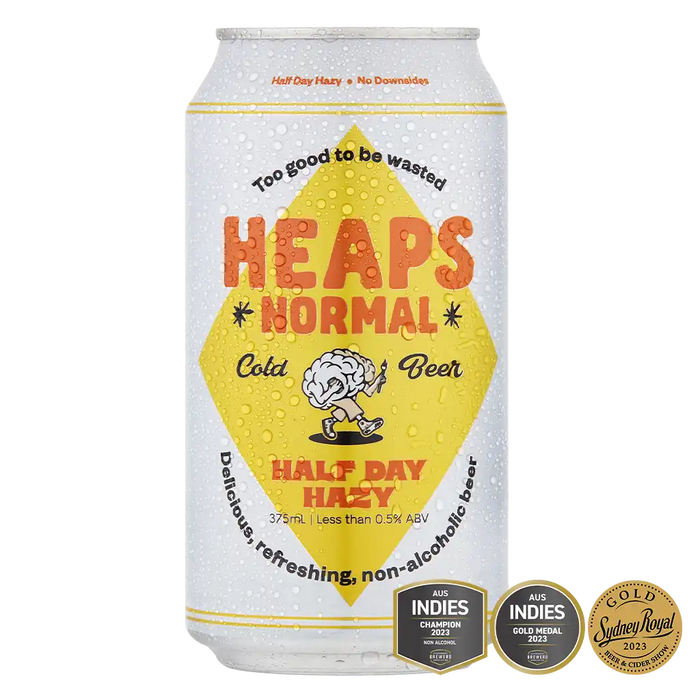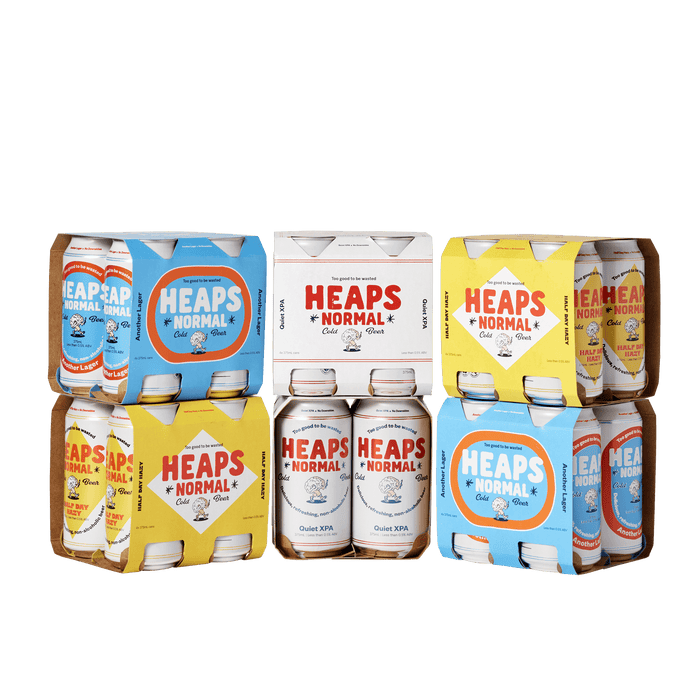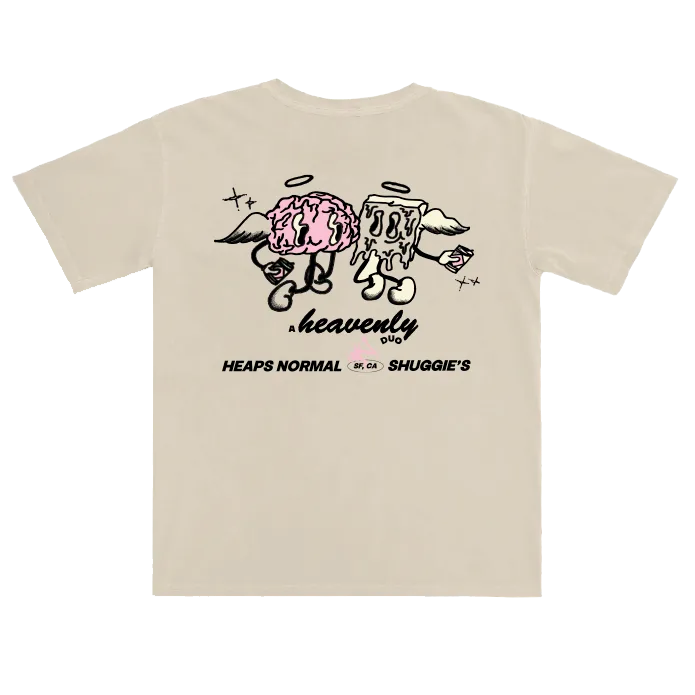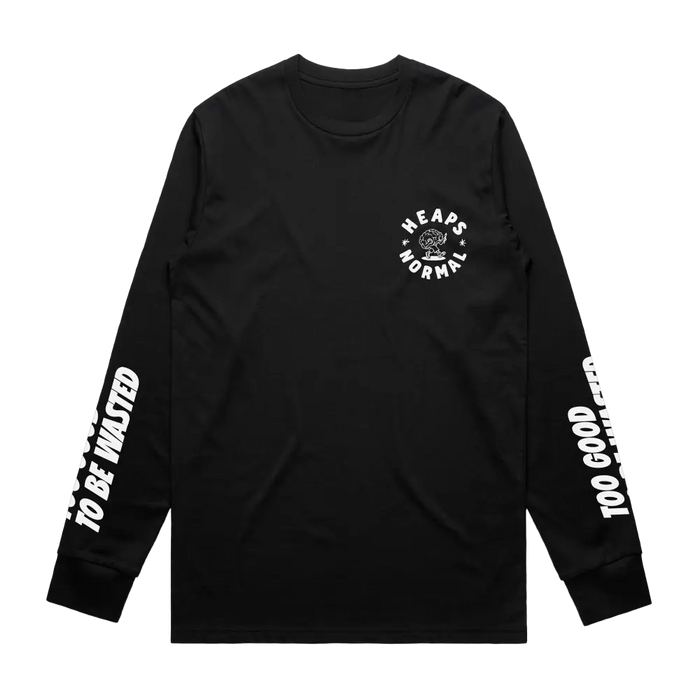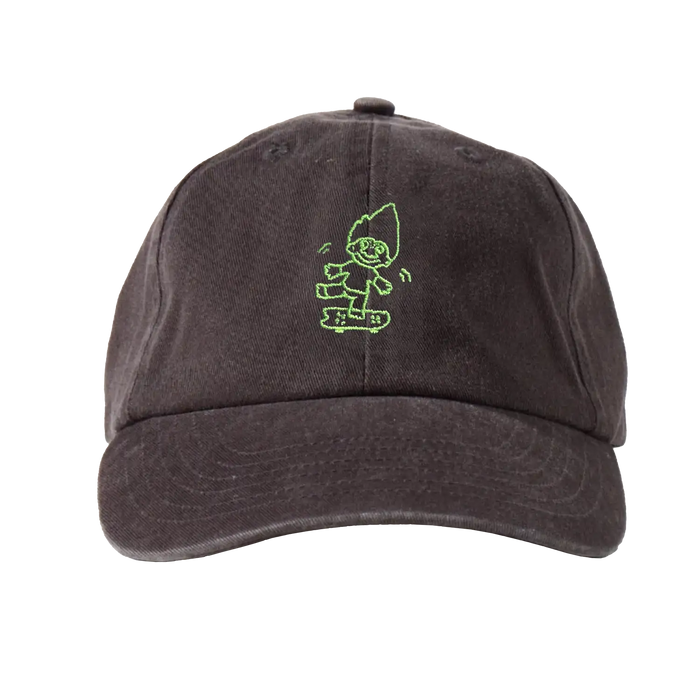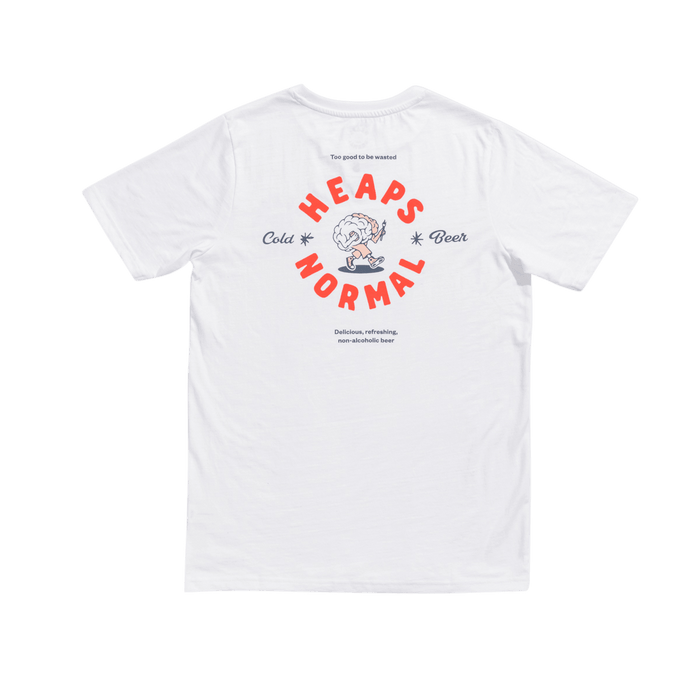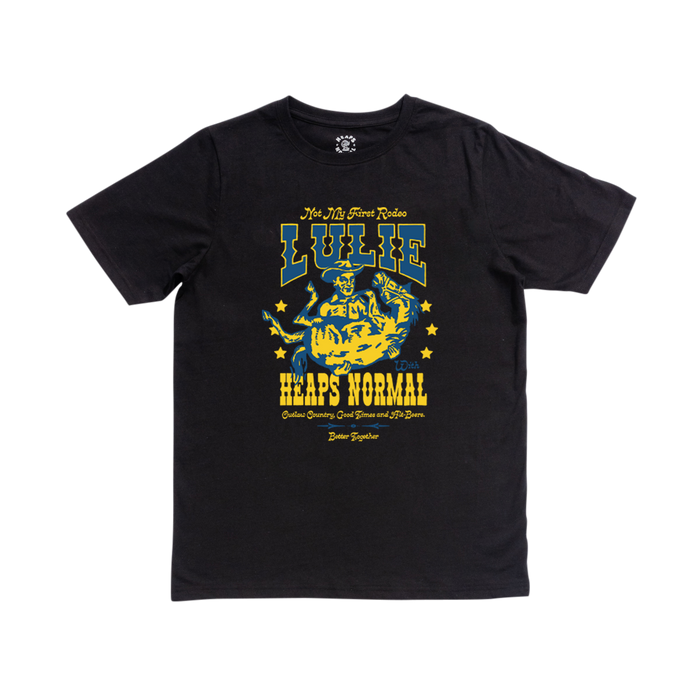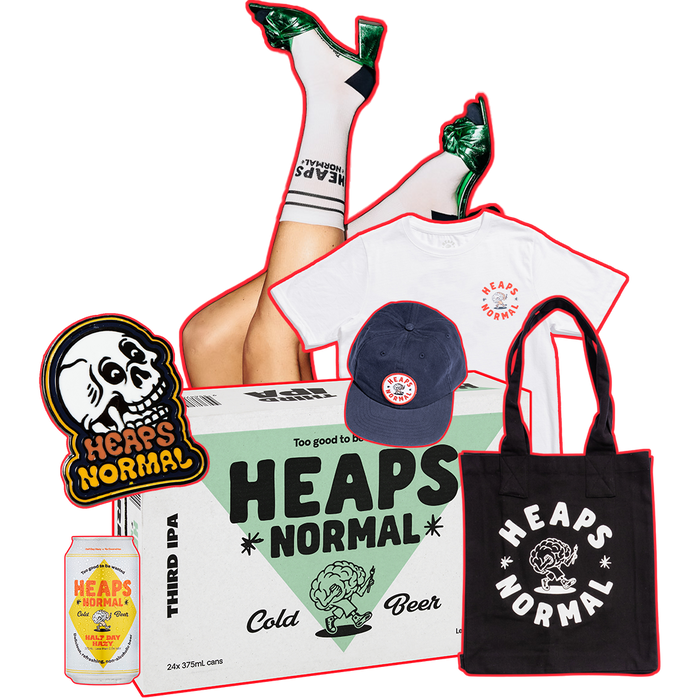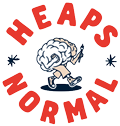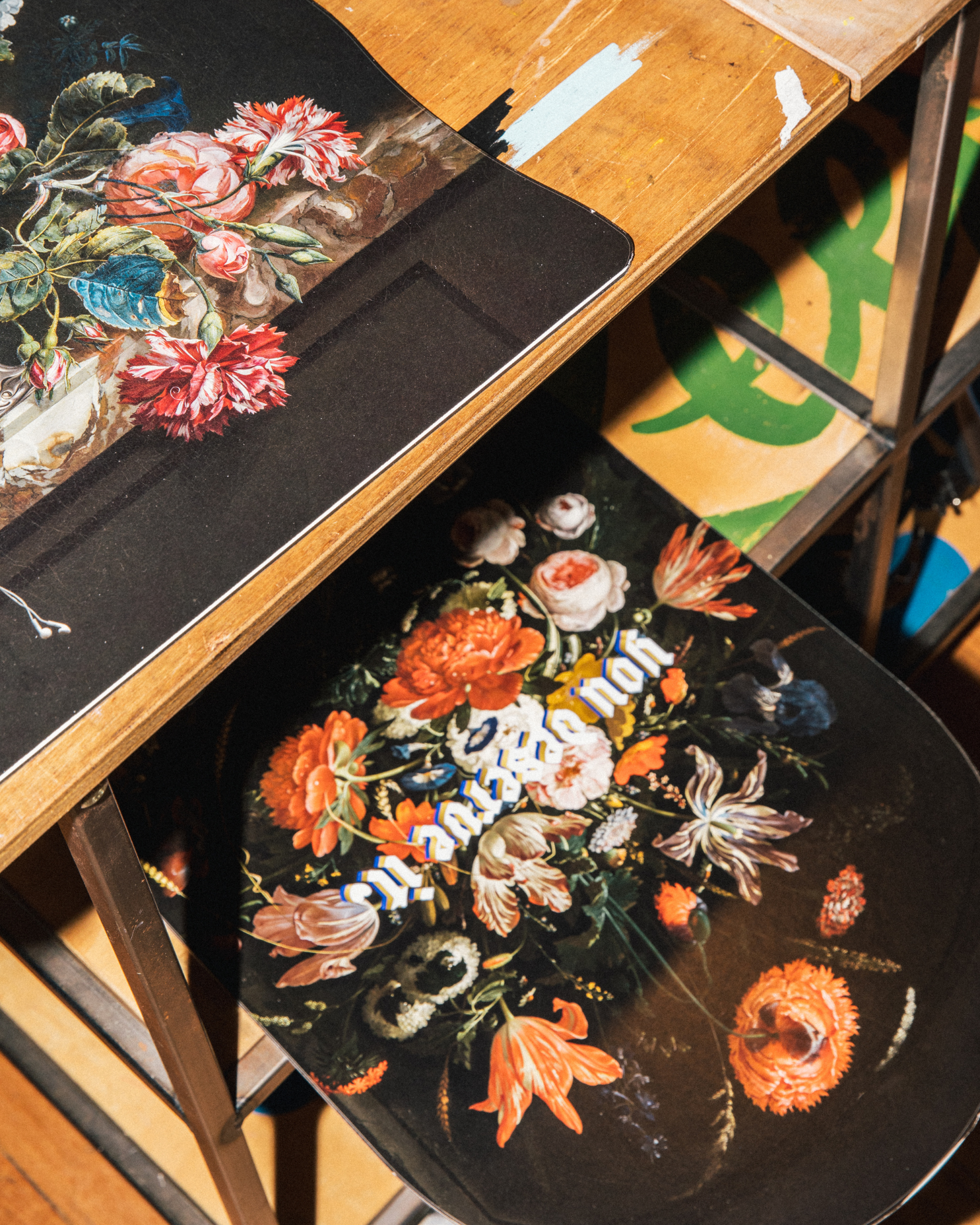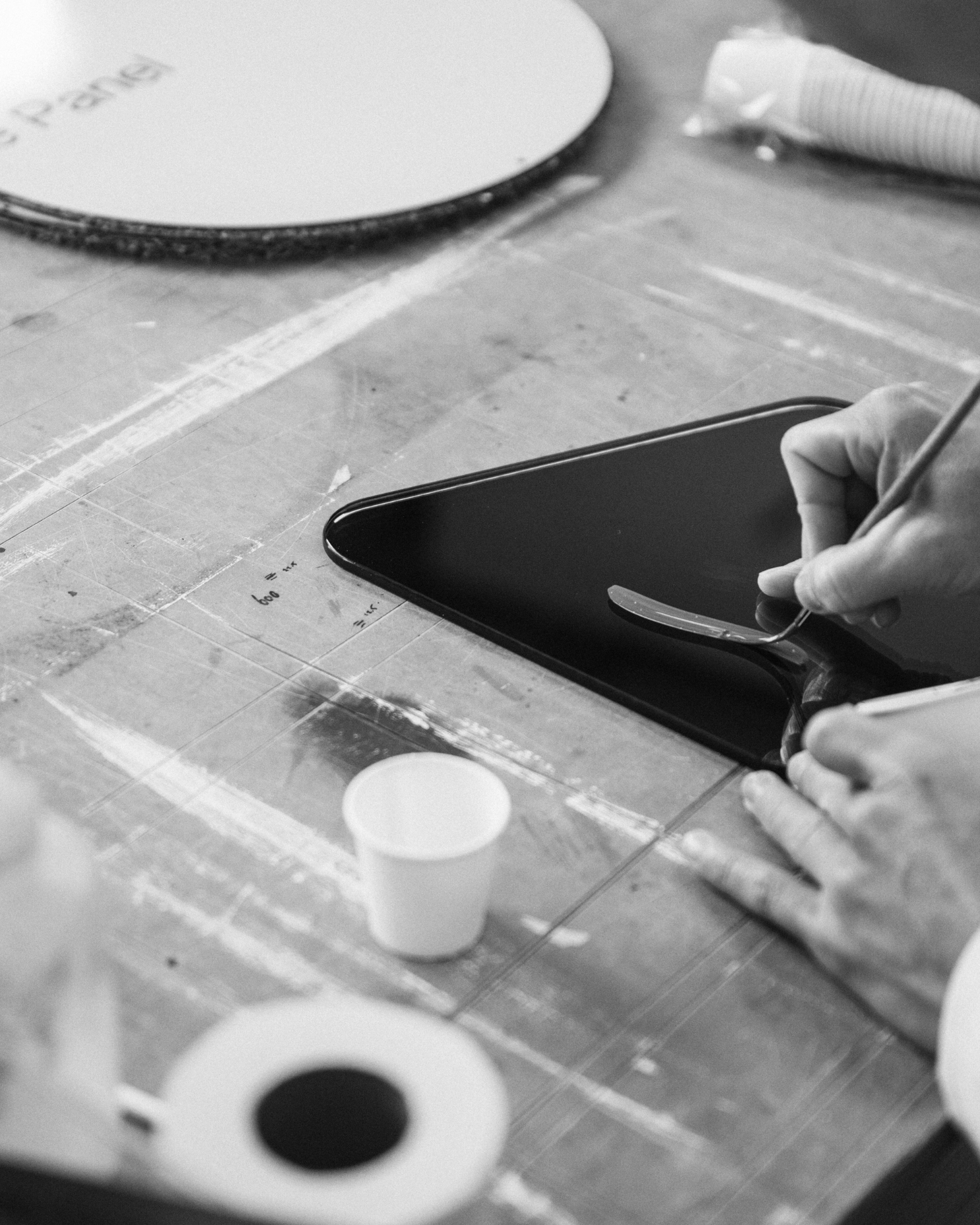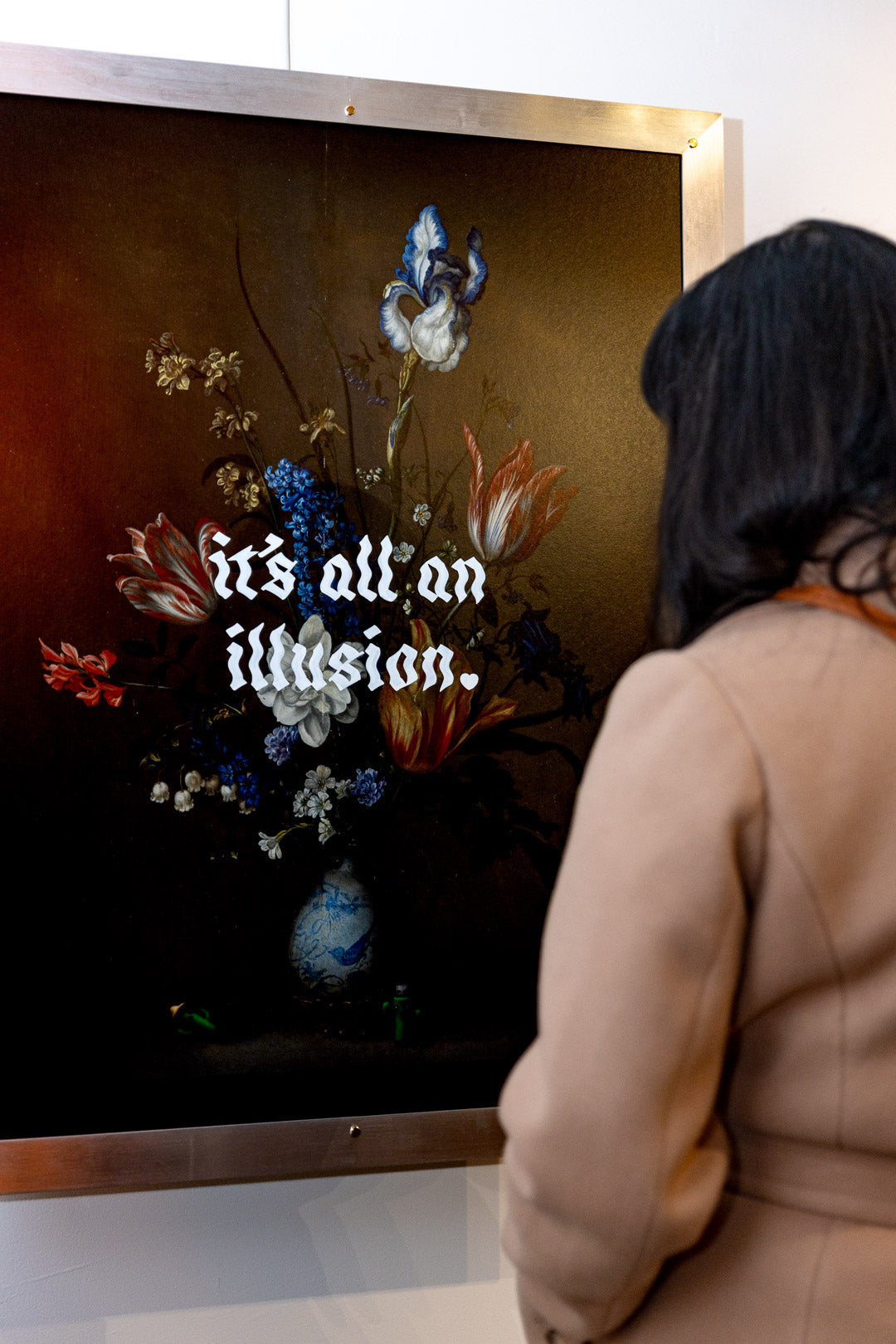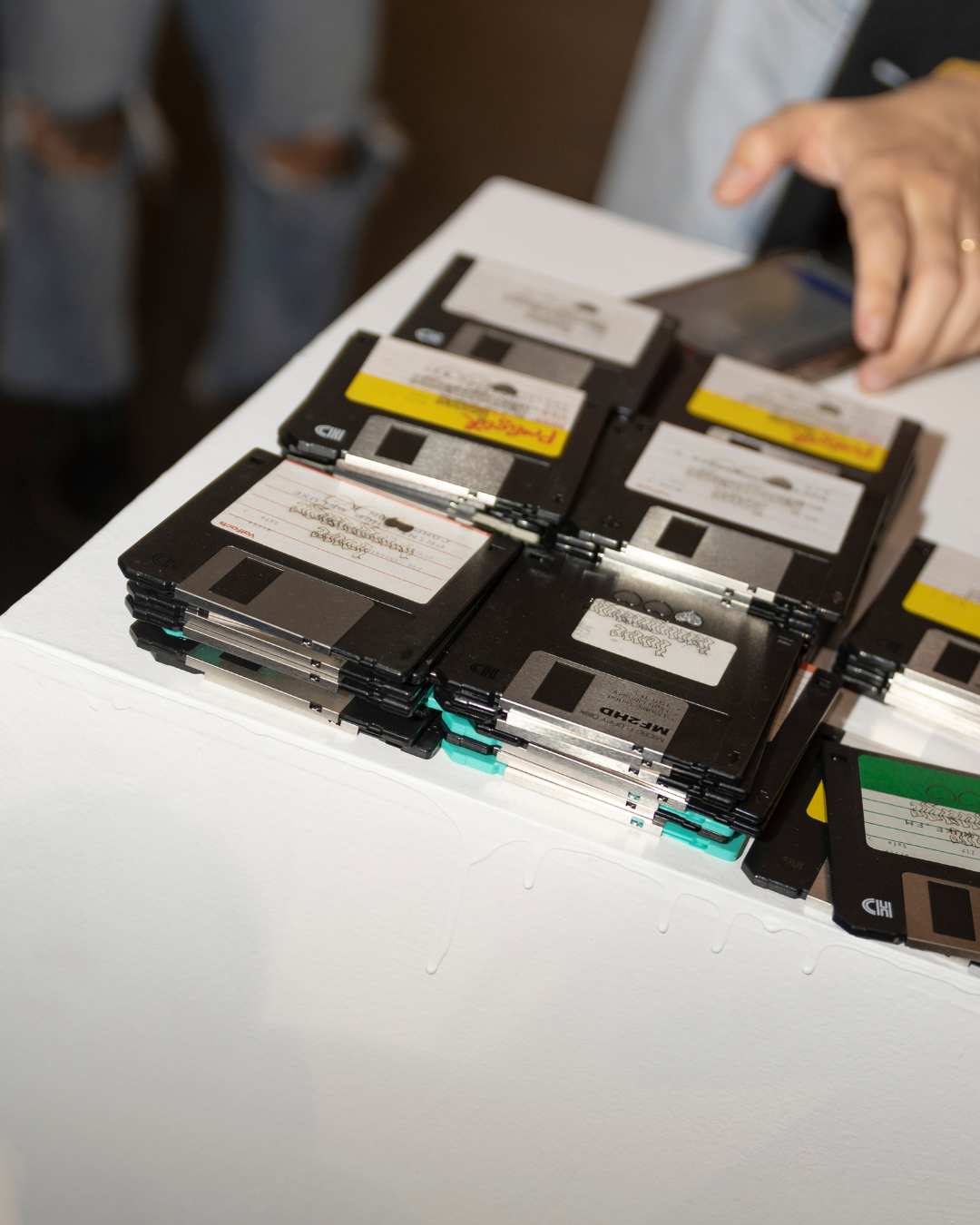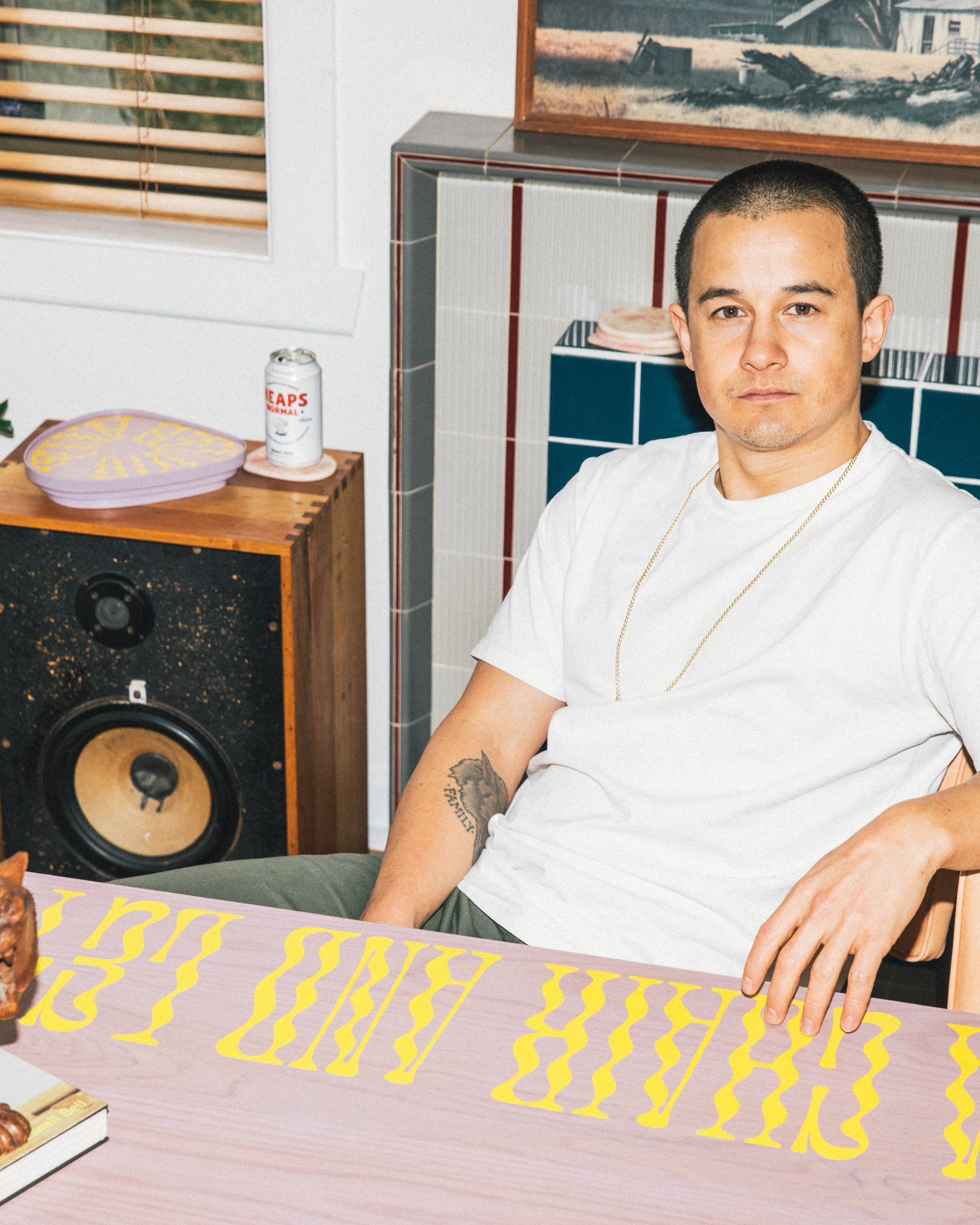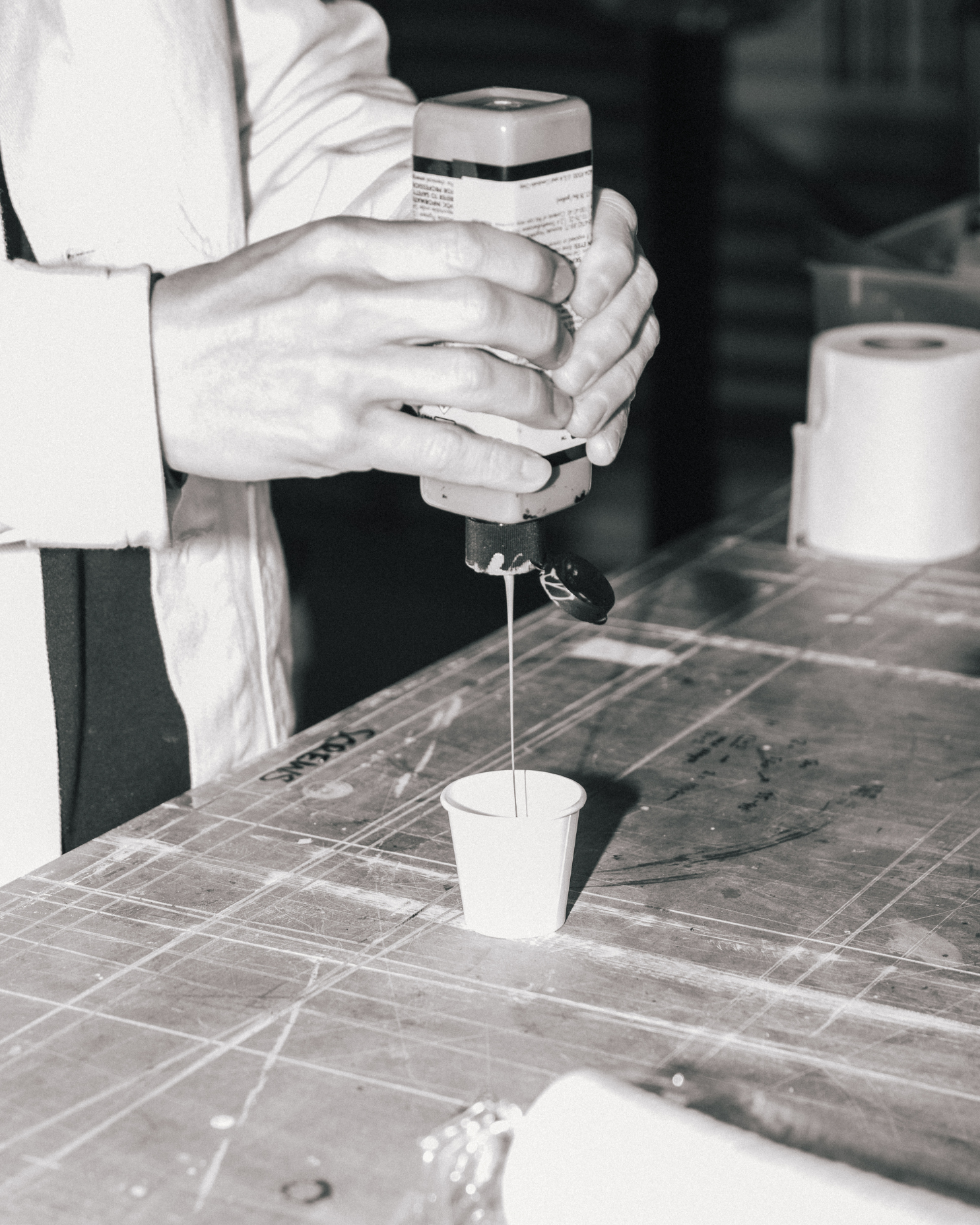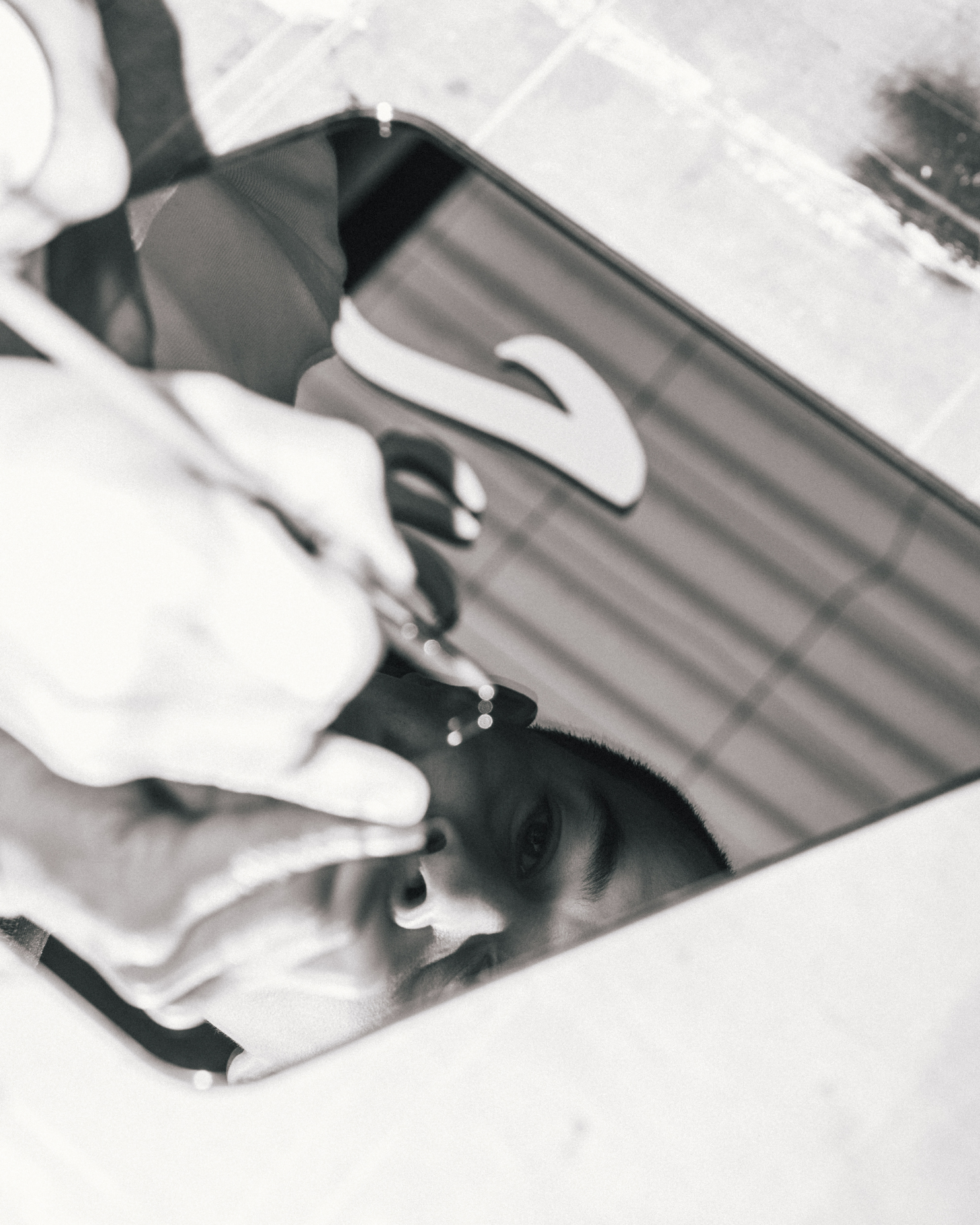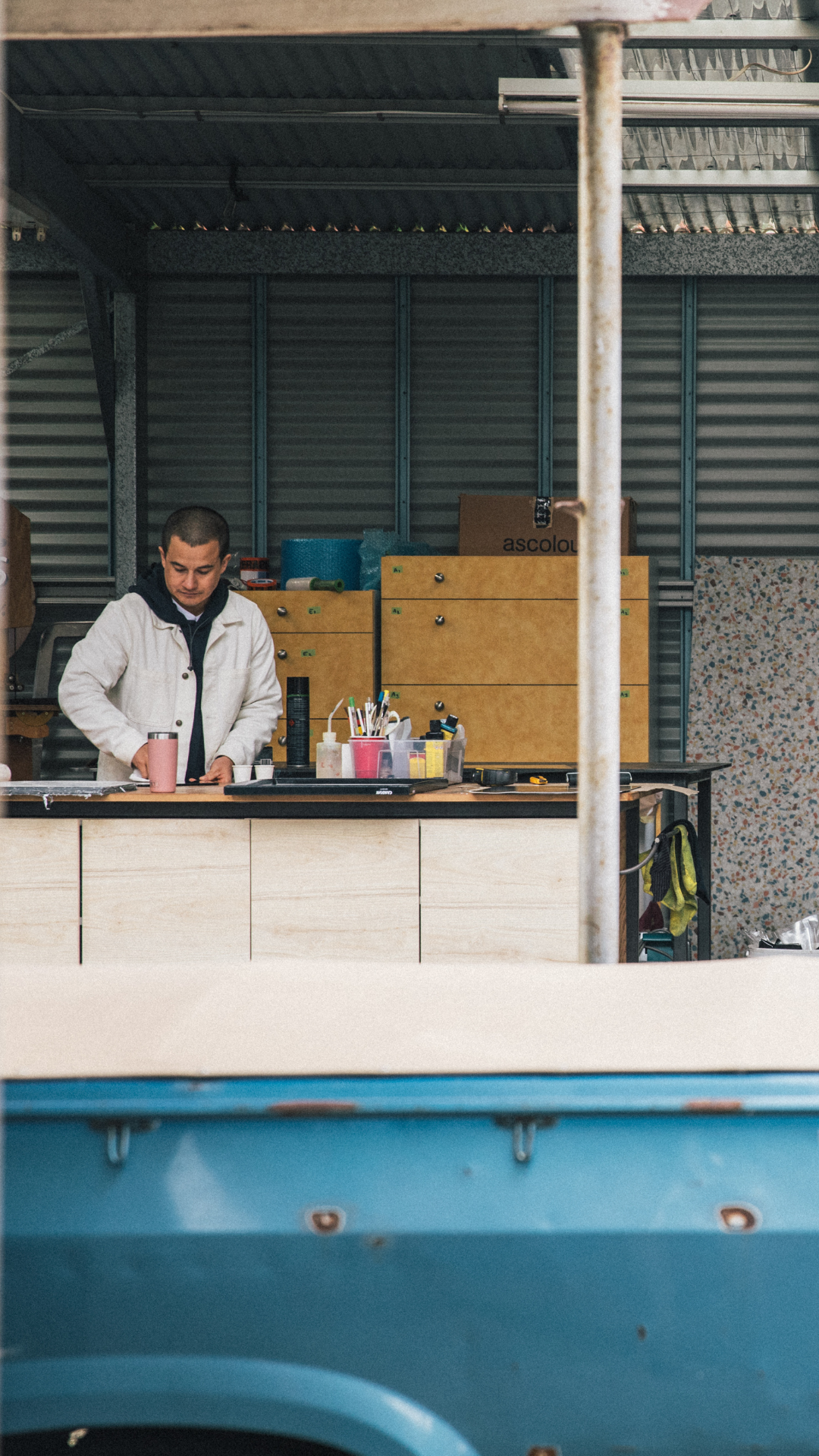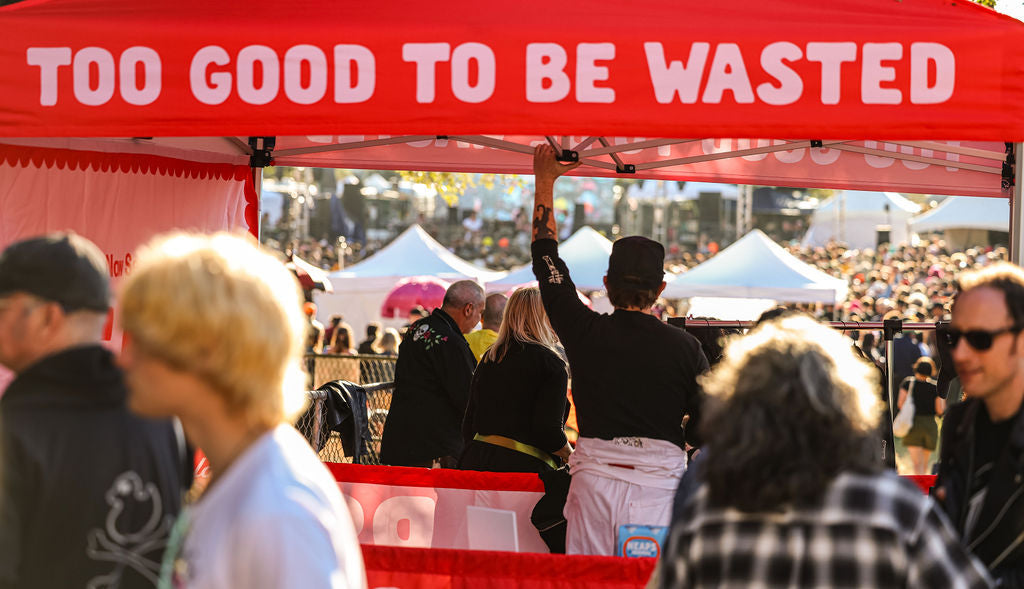NORMAL PEOPLE - MIKEY TING
Interview and intro by Carolina Pasini | Photos by Jack Gruber
Mikey Ting is a Chinese-Kiwi artist based in Naarm with a deep passion for craftsmanship, design and words. He expresses his creativity through a combination of different materials, digital manipulation and meticulously painted enamels. Mikey's work asks questions about authenticity and experience and how we connect as humans in a rapidly changing world. Despite being such meaty topics, the work remains approachable, vibrant and cloaked in his distinctive dark humour.
Mikey is often found in his Reservoir studio, side by side with his partner Carissa Karamarko, (also an emerging Australian oil painter). I sat down with Mikey and talked about the future, the past and the ever-changing artistic landscape.


